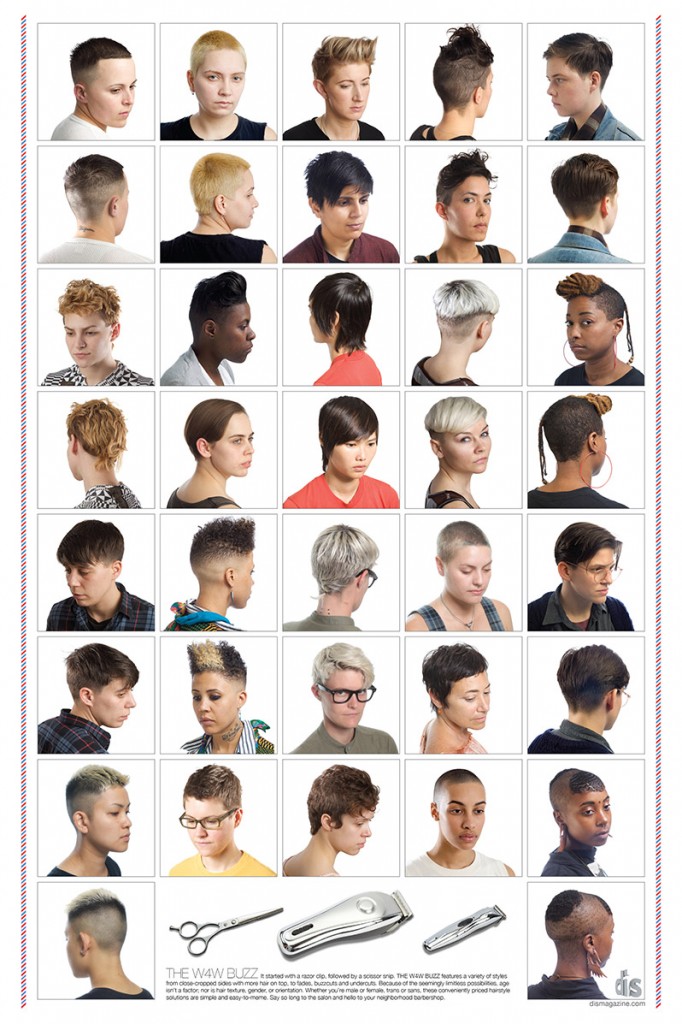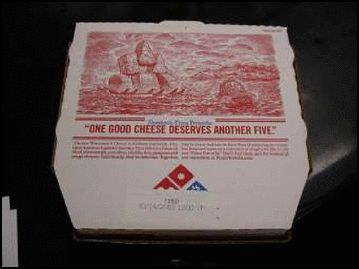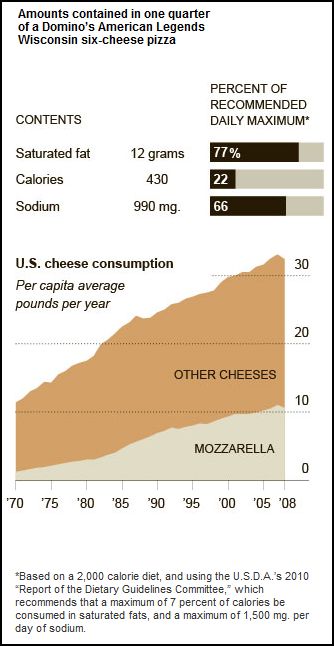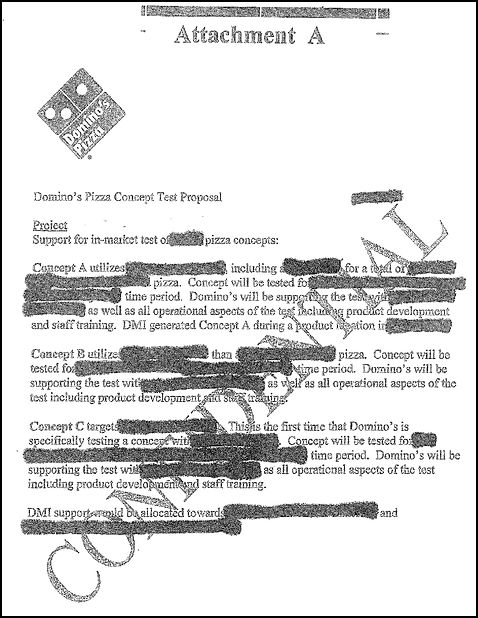
Anita Sarkeesian, at Feminist Frequency, starts from the beginning. How is contemporary advertising to children gendered today? And why does it matter? With a special discussion of girls and technology. Enjoy:
(Transcript after the jump.)
Transcript
Lisa Wade, PhD is an Associate Professor at Tulane University. She is the author of American Hookup, a book about college sexual culture; a textbook about gender; and a forthcoming introductory text: Terrible Magnificent Sociology. You can follow her on Twitter and Instagram.Song: “I’m a Barbie girl in a fab world”
I recently spent some time watching afternoon cartoons on Nickelodeon and the Cartoon network, and look what I found.
“Nerf’s N-Strike arsenal has a specialized blaster for any mission”
“4 Ever Kidz pets. It’s snap on fashion play”
“Dirt, mud, we don’t care. These trucks go almost anywhere”
“…Barbie girls and we’re making the scene. Our jammin’ jeep wrangler is one glam machine”Holy crap! What is going on here!?
Clearly it’s been a while since I’ve raced home after school to watch cartoons but I was amazed how highly gendered these commercials were. Have they changed or did I just not notice them before?
The messages being promoted in these commercials are deeply restricting and severely limit the development of boys and girls in different ways. The ads are actively demonstrating that boys and girls have different social roles and skills that are highly stereotyped and just outright sexist. So let’s take a closer look at ads targeted directly at boys.
“Battleground. Prepare to attack. Fire”
“Whose gonna win? Whose gonna win? YA”
“Arc light powered up. 3 in 1 repulser. Ready for action.”
“Close combat pistol. Rapid fire blaster”
“Always ready for action, G.I. Joe. Are you in?”
“Defend the castle! Imaginx Adventure”Boys have power and get to be active and destroy things, YA! These commercials directed at boys value competition, being in control, having power, and conquering and commanding. Those values restrict the acceptable options for what boys are allowed to express emotionally, I’ve yet to see a commercial where see boys being nurturing or caring. They are limited in examples of how to react to problems and how to solve conflicts. They are taught to fight, to be competitive and to be aggressive.
I noticed that there are also a few other reoccuring messages embedded in ads targeted at boys.
“Bat cave building power. Trio building system lets you build the ultimate Trio bat cave. YA!”
“You can build the massive Neptune sub.”
“You can build up and customize your heavy duty truck with tons of parts”
“You decide how much firepower to arm your ships with then build your fleet and battle your way to victory.”These ads encourage boys to build new worlds, use their imaginations and be creative. They are actively making and constructing. These are the training blocks for creative and fulfilling adult lives. The confidence that is fostered through the act of making and building and doing is something that is almost entirely lacking in girl’s toys commercials.
“The Liv girls have a flair for hair”
“I can make my own magic snow”
“Change the colour, change the style, ad the gel and look at the glitter”
“The easy way to make designer cakes. Bake your cake in the microwave in 30 seconds.”
“… beauty of the bride, share the gown and light up ring, handsome groom and everything”
“Go Go with me we’re walking round, Go Go with me we’ve hit the town.”
“Baby alive is so real, you can feed her. ‘I made a stinky.’ And then she leaves an uh-oh in her diaper.”So girls get to play with sparkly glitter and bake cakes and changing stinky diapers, how fun! Commercials targeted at girls heavily focus on teaching child rearing, homemaking, domestic work, popularity, self image and an obsession with beauty. This restricts their imagination of what women are capable of and prioritizes appearance over intelligence. They are not encouraged to be creative, to build and construct and really take control of there environments. Girl’s toys are generally unimaginative and lack the creative element of play that is critical in the development of young people.
We can see this even in the way the same basic product is marketed differently to boys and girls.
“Moon Sand is the amazing moldable, squishable, buildable, demolishable sand that never dries out.”
“Moon Sand is the amazing moldable, holdable, decoratable sand that never dries out.”Clearly this isn’t a coincidence since advertisers spend $17 BILLION dollars a year marketing to youth. That’s billion, with a ‘B’. Young people are seeing more than 25,000 advertisements a year on television alone, and that doesn’t even include product placement which is so common on popular television shows. The enormous amount of money advertisers are spending isn’t just on producing and airing ads, it’s also spent on the latest neuroscience research to find out EXACTLY what images, feelings and representations will appealing the most to developing minds.
Although many factors influence our socialization such as family, peer groups, churches and schools, the media plays a highly critical role. Advertising aimed at youth is especially dangerous because young children are unable to differentiate between television programming and commercials, they are still developing the necessary critical skills.
Youth may have a hard time recognizing that these commercials are teaching them what is expected, what is desired and what is possible for their genders, for their careers, for love, relationships and creative endeavors in the future. These messages are so manipulative, deeply embedded and carefully crafted that it’s even hard for us as adults to recognize them.
As someone whose really interested in promoting and encouraging the use of technology in young women, I found a stark difference in the way technology is marketed to boys and girls. Girls get a fun little purple computer that’s “hot” or a program that can help them cook and look pretty.
“It’s the Bratz laptop with over 100 games, you can have fun learning. It’s fun, smart and hot.”
“In my fashion mall, make pizzas, do makeovers and more, and throw the ultimate pajama party.”Whereas boys get to go online and play adventure games.
“Become a pirate and join thousands online. Captain your ship and command the sea.”
“Now you can be the hero and join your friends in an epic online adventure.”One of the reasons that the gender specific marketing of technology is so concerning is when we look at the statistics of adult women in technology fields. Only 3% of open source programmers are women and only 11.5% of video game developers are women.
Although as I stated, there are many factors that affect the jobs and careers people enter, it is not hard to connect gendered advertising at such a young age to the socialization of women who don’t feel confident or supported within heavily male dominated and male identified tech fields.
I was originally going to say that “We need to hold the media accountable for what they are teaching our young people” but no, really, advertising directed specifically at young people needs to STOP altogether, no exceptions. A precedent has already been set to implement these types of restrictions. Quebec has banned print and broadcast advertisements for youth under the age of 13 and Sweden has banned advertisements for youth under the age of 12.
In the mean time we need to encourage critical media literacy skills in people of all ages. I’ll leave you with an amazing remix created by some female youth at Reel Grrls during a workshop with Jonathan McIntosh. They were able to actively resist these harmful media messages and really begin to talk back to the media by simply swapping the audio and video of gendered commercial. The results are hilarious and very illuminating.
“Nerf’s N-Strike arsenal has a specialized blaster for any mission. You can improve your blasting speed with the maverick rapid fire blaster. While the night fighters night beam targeting system allows for pin point accuracy. And you can nail targets from long distance with Nerf’s long shot blaster. Two blasters in one, quick fire clips and detachable scope, everything you need to blast your skills to the next level. N-Strike, blaster sold separately, batteries not included. Nerf.”












